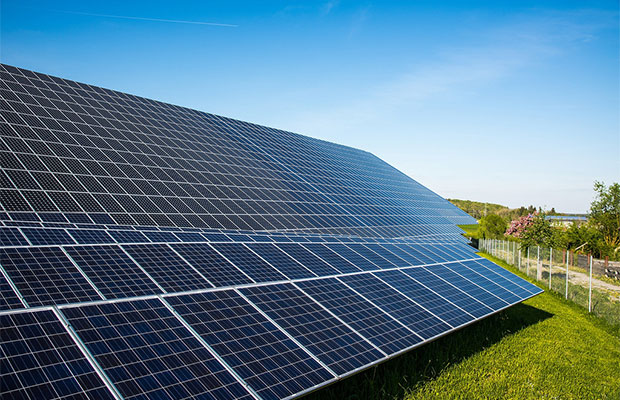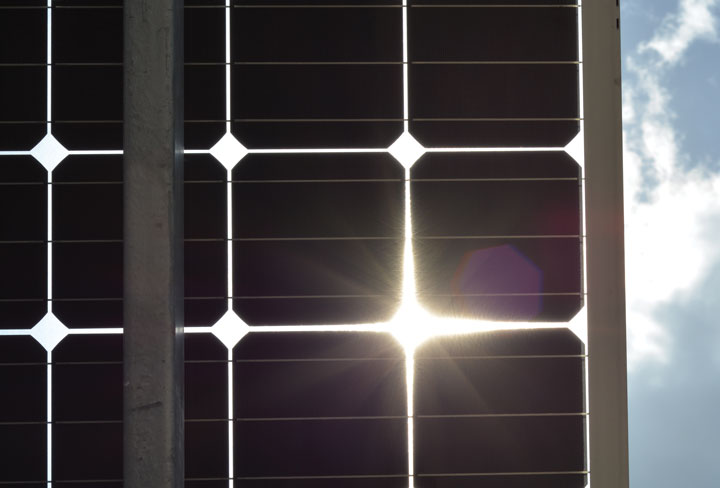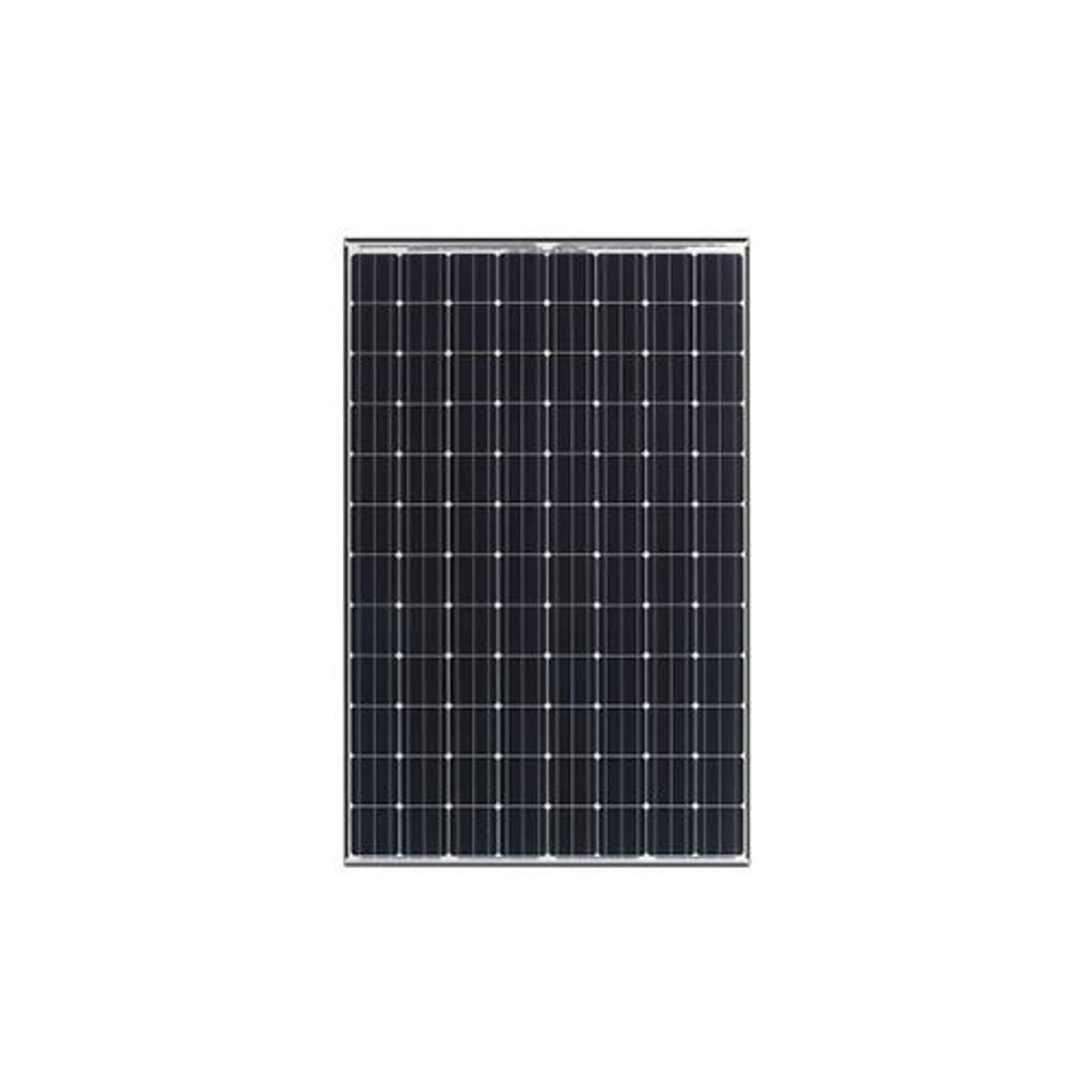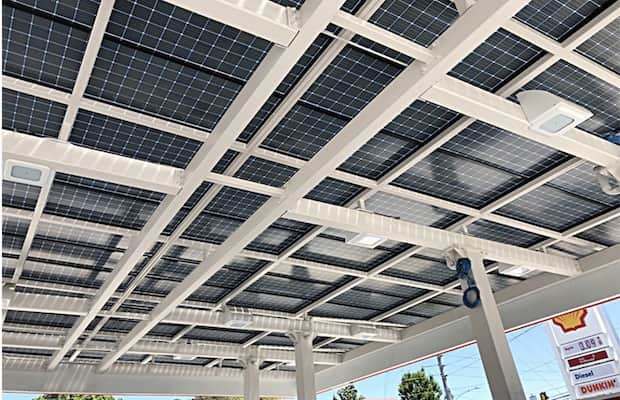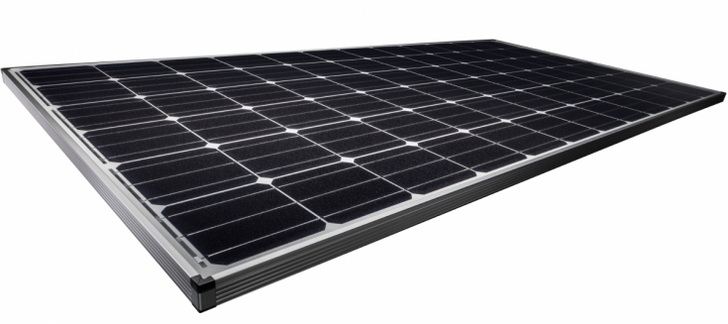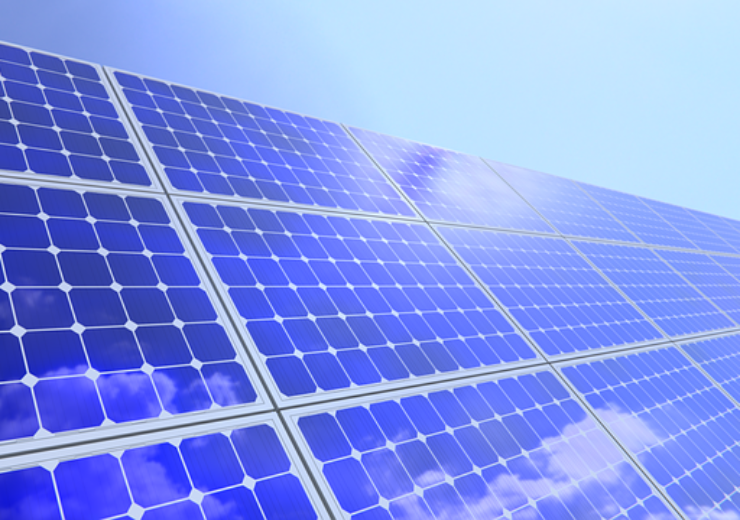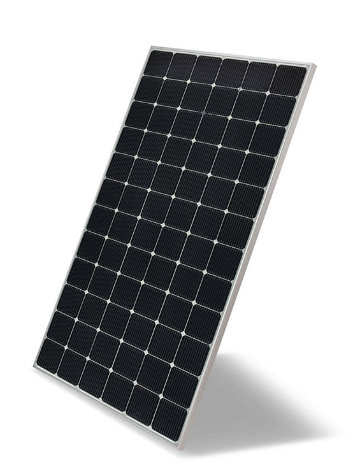Bifacial Solar Panels Vs Q Cell

Canadian solar and hanwha q cells are well known for manufacturing and delivering quality value based poly and mono solar panels.
Bifacial solar panels vs q cell. Most bifacial solar panels use monocrystalline cells whereas traditional cells use polycrystalline materials. When you ve got an abundance of space to accommodate your desired solar array size and looking for the most affordable qcells solar panel option the qcells q power g5 hit s the mark. Through the photovoltaic effect solar panels convert sunlight in direct current dc electricity. And it has to do with the above chart compared with the additional cost of the.
Silicon is the active element in a solar panel which will generate surplus electrons depending on the length of time and intensity of the sun irradiance it receives. Each year more homeowners and installers look to further enhance their system s roi by choosing to integrate reliable and budget friendly canadian solar and hanwha q. Solar panels typically have 60 or 72 cells which contain silicon. Q cells offer a very wide range of panels from entry level standard 60 cell panels using reliable mono and polycrystalline cells to the highly efficient mono perc q peak duo range using half cut cells with 6 bus bars to achieve up to 19 8 efficiency.
From hep dams to windmills there are many alternative methods or renewable sources available for power production today one of these ways is using bifacial solar panels to produce. A complete overview of bifacial solar panels. When bifacial modules are installed on a highly reflective surface like a white tpo roof or on the ground with light colored stones some bifacial module manufacturers claim up to a 30 increase in production. What you should know.
Whereas traditional opaque backsheeted panels are monofacial bifacial modules expose both the front and backside of the solar cells. No only do these manufacturers supply more than half the the worlds solar panels but they hold many of the most recent records for the most efficient mono and poly silicon crystalline cells using the latest advancements in cell technology including perc pert and bifacial. As the adoption of solar has gradually increased so has the demand for value based solar panels. I had a great conversation at the hanwha q cell booth about why they don t sell a bifacial solar panel product.
The monocrystalline materials alongside the clear light pathway on both sides of the panel enable the light to be absorbed from either side of the cell and it is thought that that the overall efficiency of these cells can be up to.








